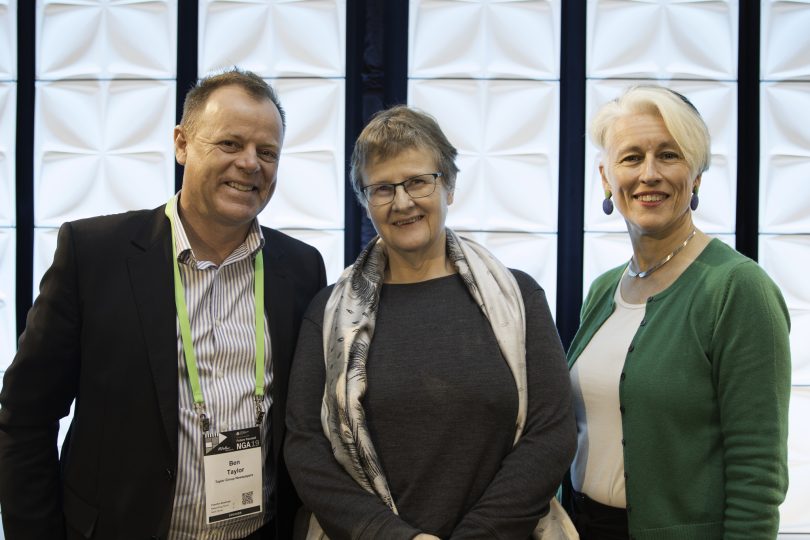
Federal government grants for Public Interest News Gathering have come at a time of turmoil for regional media. Photo: File.
Region Media has successfully accessed a grant via the Federal Government’s Public Interest News Gathering program, which is designed to assist media businesses serving regional and remote parts of Australia. The grants come at a time when the future of many regional news mastheads remains uncertain.
A total of 107 publishers and broadcasters will share the $50 million in Federal funding as many media organisations face a “perfect storm”, where pre-existing digital and social media challenges have been drastically exacerbated by COVID-19’s economic impact.
Region Media’s application focussed on our reach across the Capital region through our two major platforms – RiotACT and About Regional. Together, the digital news sites have more than 500,000 unique viewers across the Capital region each month and garner 1.2 million page views.
Region Media was also able to demonstrate a well-founded and ongoing growth model, wholly supported by local business advertising and investment.
Federal communications minister Paul Fletcher described recent circumstances as unprecedented in regional media as many newspapers suspended operations. Across the South East, Australian Community Media shuttered multiple mastheads in April, restricting coverage to shared online content.
This week, ACM says it has re-opened “dozens” of its local newspapers but has declined to give specific figures or timelines for the operation as a whole. In a carefully worded statement, ACM has also confirmed that the operation is eligible for the PING grants.
“I am pleased to say that the amount of the proposed grant to ACM reflects the scale of our commitment to regional media in Australia. We will now work through the details of the grant offer and what it means for our business,” ACM chief executive Allen Williams said.
The group would continue to review its ability to return other suspended titles, subject to an “advertising recovery”.
The $50 million PING program is contingent on “continued provision of local and regional journalism” and grants are conditional on publishers of suspended mastheads returning them to operation and resuming distribution.
PING grants can be allocated towards a range of activities including wages, training and technology updates. The application process considered the reach of each media form and the revenue needed to produce public-interest journalism.

Country Press Association president Ben Taylor, Associate Professor Margaret Simons from the Public Interest Journalism Initiative and Region Media group editor Genevieve Jacobs at a Local Government Association panel on public interest journalism. Photo: Photox – Ben Appleton.
Region Media group editor Genevieve Jacobs said the PING grant would go towards funding the further expansion of public interest journalism for the Capital Region.
“We’ve seen strong and sustained growth stemming from our locally connected journalists, our capacity to provide emergency and major news coverage and the trust we’ve built with the community,” she said. “We see a very bright future for Region Media as new media models emerge.”
Recent research from the University of Canberra’s News and Media Research Centre investigated Australian regional news, finding that regional communities who have lost local news outlets are keen for new services to take their place.
The pre-COVID-19 study is based on a survey of more than 300 regional journalists from around Australia across print, TV, radio and online plus in-depth interviews with 30 reporters.
“Though we can’t predict how well the regional news industry will recover, we do know that reliable local news in times of emergency is essential. The dedicated reporters in regional newsrooms will need more support than ever to meet the needs of their communities in a time of ongoing transition and uncertainty,” the report’s lead author, UC Associate Professor Caroline Fisher said.
UC’s Local News Consumers report also surveyed over 2,000 adult regional news consumers and found that almost one-fifth of regional residents had experienced the closure or amalgamation of a local news service in the past five years.
Original Article published by Ian Bushnell on The RiotACT.


What's Your Opinion?